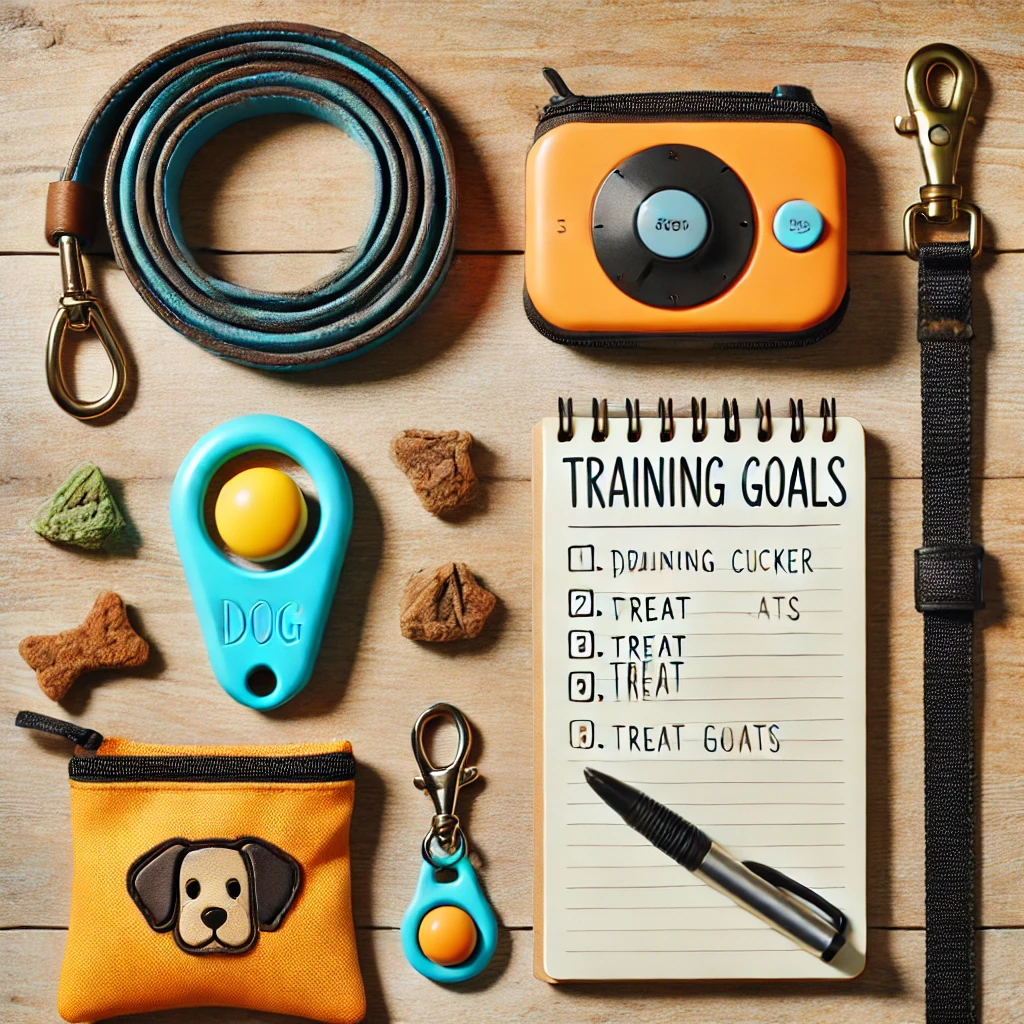
What’s the Best Way to Start Training My Dog at Home?
Share
What’s the Best Way to Start Training My Dog at Home?
Your guide to stress-free, effective training from the comfort of your own home.
Summary:
This comprehensive guide offers practical, easy-to-follow steps for effectively training your dog at home. It focuses on positive reinforcement techniques, building consistency, and understanding your dog’s behaviour, helping you raise a well-mannered pup with confidence.
Understanding the Basics of Dog Training
Training isn’t just about teaching commands—it’s about building clear communication between you and your dog. By setting consistent expectations and using positive reinforcement, you can guide your dog’s behaviour in a way that’s both humane and highly effective.
When Should You Start Training?
It’s best to begin training your dog as soon as they come home—whether they’re a puppy or an adult. Puppies are particularly receptive between 6–16 weeks, but adult dogs can absolutely learn new behaviours with time and patience.
Essential Dog Training Techniques
Positive Reinforcement
Reward your dog with treats, praise, or play when they do something right. This encourages them to repeat that behaviour. For example, if they sit when asked—reward them immediately to reinforce the action.
Clicker Training
Clicker training uses a consistent sound to mark the exact moment your dog does something right. It’s then followed by a reward. This helps your dog quickly understand what behaviour earns praise.
Use our Dog Training Clicker to get started—it’s designed for comfort, ease of use, and reliability in every session.
Teaching the Basic Commands
What’s the Best Way to Start Training My Dog at Home?
Sit
1. Hold a treat near your dog’s nose.
2. Move your hand upwards, so their head follows and their bottom naturally lowers.
3. Once sitting, say “Sit,” then reward and praise.
Stay
1. Ask your dog to “Sit.”
2. Hold your hand out and say “Stay.”
3. Take a few steps back. If they stay, reward them.
4. Increase distance gradually with each session.
Come
1. Attach a lead.
2. Gently pull it while saying “Come.”
3. Reward with treats and affection once they reach you.
For more support, check out the RSPCA’s dog training advice.
House Training Your Dog
Consistency is key. Take your dog outside frequently—especially after meals, naps, or playtime. Use the same outdoor spot and reward them immediately once they go. This helps them associate the spot with toileting.
Crate Training 101
A crate can provide a safe, cosy space for your dog and support house training. Introduce it slowly with comfy bedding and a few toys. Let your dog explore it on their own and avoid using it as punishment.
The Importance of Socialisation
Expose your dog to different sights, sounds, people, and other dogs early on. Positive early experiences reduce fear and help build confidence—key for a well-balanced dog.
Top Tips for Successful Training
• Keep sessions short: 10–15 minutes is plenty.
• Be consistent: Use the same words, gestures, and rewards.
• Stay patient: All dogs learn at different speeds.
• End on a win: Finish with something your dog does well.
Troubleshooting Common Behaviour Issues
• Chewing: Redirect to chew toys and reward correct use.
• Excessive barking: Identify the trigger—whether it’s boredom, fear, or attention-seeking—and adjust training accordingly.
• Jumping up: Teach an alternative like sitting when greeting people.
Watch: 5 Dog Training Exercises You Should Do EVERY DAY
A helpful video to walk you through daily training routines that keep your dog mentally and physically engaged:
Ready to Train in Style?
Check out our Training Essentials Collection featuring high-quality leads, treat bags, clickers, and accessories that make training easier (and more stylish) for you and your pup.
